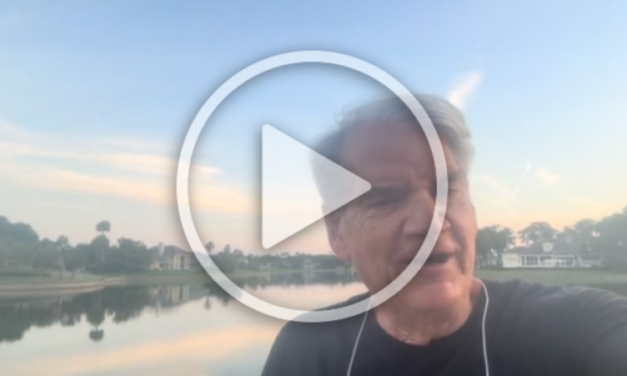Tag: market news
Select a guru below to view more of their posts!
All Posts - Casey Stubbs - Chris Pulver - David Trainer - Graham Lindman - Geof Smith - Nate Tucci - Jeffry Turnmire - ProsperityPub
Jobs Report Surge: Market Rally or Smoke and Mirrors?
The latest jobs report shows significant growth, but is it real? With concerns over past overreporting, markets are soaring for now. Get insights on what this means for stocks, bonds, and energy ahead of the election.
Read MoreWhy I’m Still in the Cautiously Bullish Camp
In Friday’s “Final Hour” live session, I highlight key levels to watch. It’s a fairly wide range compared to normal — about 12 points — but this has been an abnormal week.
Read MoreWhat to Watch as Inflation Data hits the Headlines
With the markets moving like they have been, there’s a lot to unpack. Today I’m sharing key numbers and levels to watch, so let’s get to it!
Read MoreThe Market’s Slow Dance: What Comes Next?
Economic news has been slow this week. Next week’s massive influx of potentially market-moving news could finally help the market pick a direction.
Read MoreTBUZ Market Update: May action, What’s Next For June… and Building an NVDA Position!
TBUZ sees NVDA going higher after its stock split and shows how he plans to build a position in the stock!
Read MoreStocks No Longer Have the Wheel
Have stocks ceded the conch to options? Trading volume has flooded options markets, especially those suddenly infamous 0DTE contracts. We unpack this and more in this weeks Weekly Roundtable with Don Yocham.
Read MoreThe Road Always Taken – Don’s Daily Brief
Counting all U.S. Treasury’s bonds, notes and bills outstanding, the U.S. Government has $31 trillion in debt. But that’s only a sliver of the promises the government must keep or break.
Read MoreSmall Surprise from PPI… A Bigger One from Retail Sales – Don’s Daily Brief
I cover the market’s reaction to PPI (underwhelming), retail sales numbers… and the performance of our recent Daily Picks.
Read MoreRetail Sales Numbers + Earnings from RBLX, ABNB, KHC and more – Jeffry’s Morning Monster
I’ll review the newly-released retail sales numbers, earnings from RBLX, ABNB, KHC, and many more on today’s Morning Monster.
Read MoreCPI Numbers Are In: Here’s What’s Happening With the Market – Jeffry’s Morning Monster
CPI numbers are in, what effect is it having on the market? Plus, find out what I have to say about other tickers moving today as I do some live pre-market analysis on SPX, SPY, NDX, QQQ, Russell, IWM, and other stocks that...
Read MoreWhat the Shiller PE Chart is Telling Me About This Market – Don’s Daily Brief
The markets aren’t really giving us much to go on here. We’ve got C.P.I. tomorrow, but otherwise it seems pretty listless. Earnings have been a solid map without revealing anything we didn’t already know....
Read More2 Clear Signs This Market is Unhealthy – Don’s Daily Brief
Next week: CPI is coming out again. We’ve got around 5.6% as the estimate on core inflation and whether it comes in above that or below, that’s not really the point where inflation is going to ebb and flow. What I...
Read More






